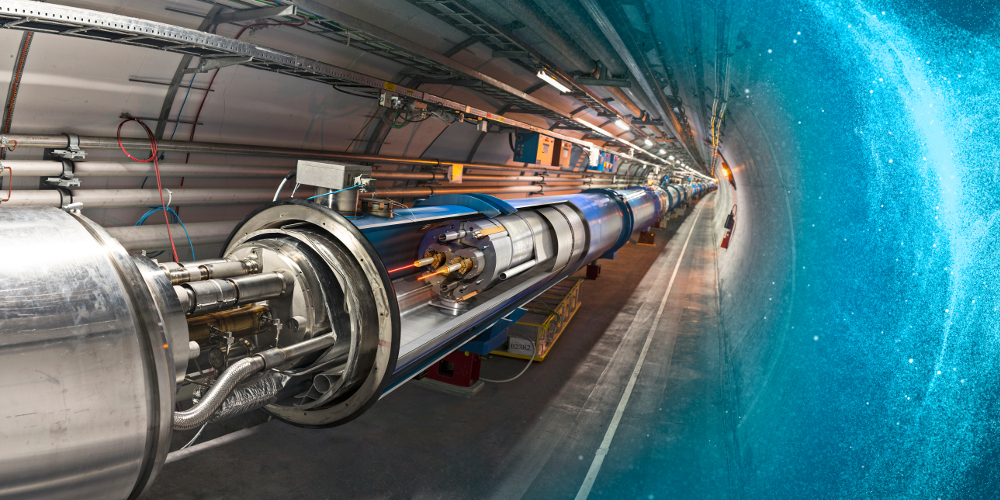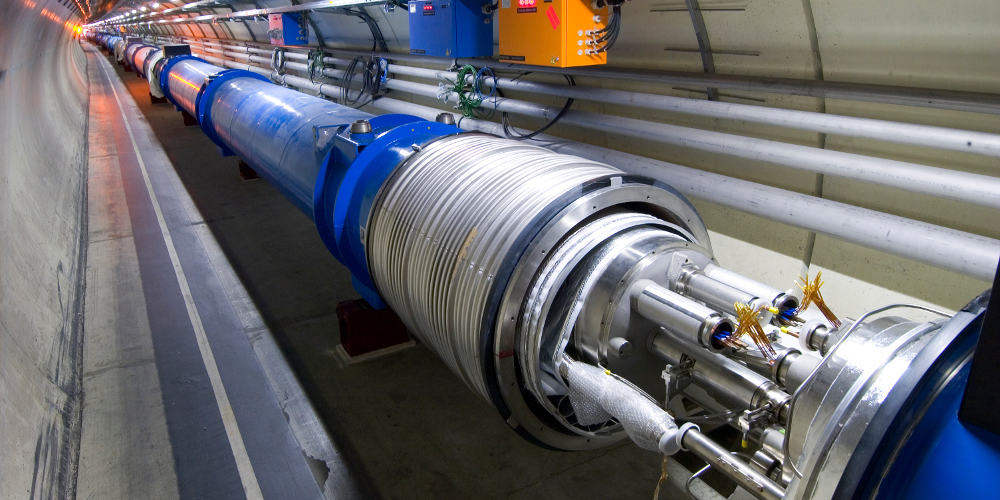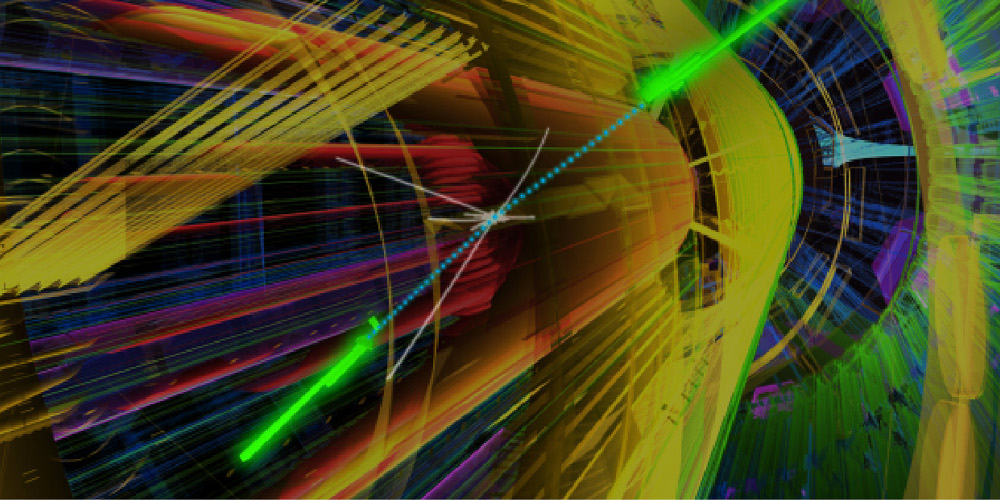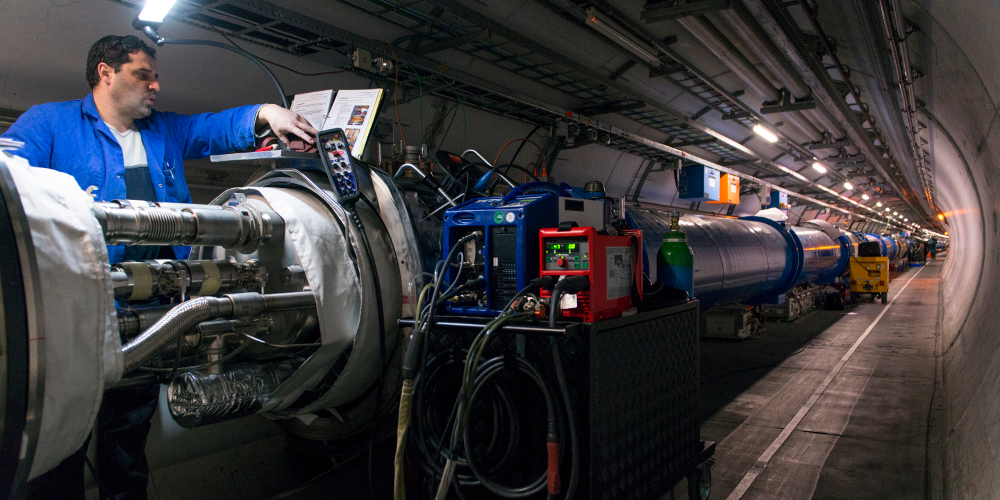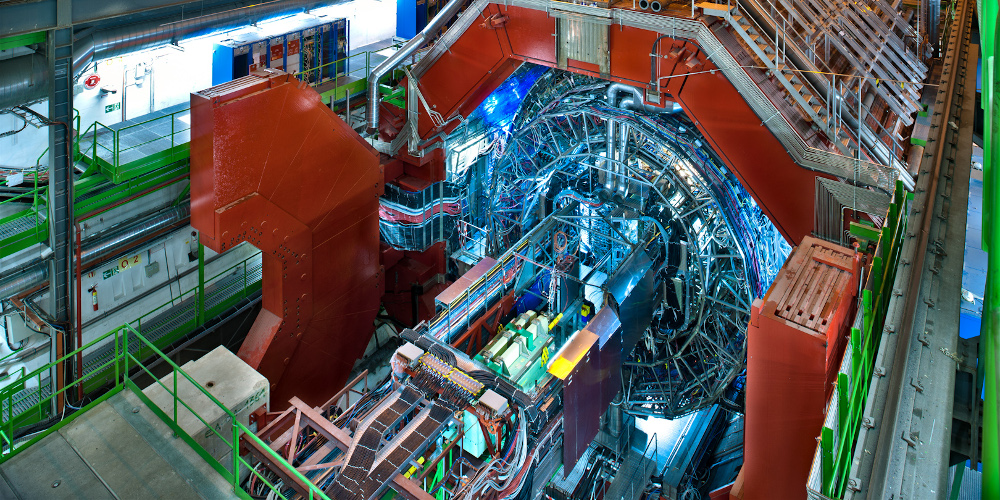Under the aegis of the European Digital Art and Science Network, Ars Electronica and CERN recently announced their latest open call for applications to do an eight-week residency at CERN followed by a stay at the Ars Electronica Futurelab.
Under the aegis of the European Digital Art and Science Network, Ars Electronica and the European Organization for Nuclear Research (CERN) recently announced their latest open call for applications to become the network’s next artist-in-residence. The recipient will succeed Chilean artist Maria Ignacia Edwards, who will spend her term at the European Southern Observatory (ESO) in Chile followed by a stay at the Ars Electronica Futurelab. The Art & Science Network’s current open call is the first step in bestowing the Collide@CERN Ars Electronica Award: an eight-week residency at CERN followed by a stay at the Ars Electronica Futurelab. Applications can be submitted until June 23, 2015 to https://ars.electronica.art/artandscience/en.
The mission of CERN’s Arts@CERN artistic program is to establish links among the worlds of science, art and technology. Pursuant to the cultural policy CERN enacted in August 2010, the Collide@CERN Residency Program was launched in 2011. Over the last four years, this initiative has achieved an impressive series of successes. What they all have in common is fostering a transdisciplinary approach, artistic quality, and exchange between artists and scientists. In this interview with the director of Arts@CERN, Monica Bello talks about how it’s possible to bring off collaboration involving two such apparently antithetical disciplines as art and physics, and explains that the two aren’t as totally different as people might think.
Monica, I see from your CV that you have a lot of expertise in the fields of art and science. Do you feel like more of an artist or more of a scholar? What’s the source of your interest in combining these two areas?
Monica Bello: My background is art history and new media curating. As an art historian I became very interested in the latest trends in artistic practice and as a curator I had the chance to move my research into the field, where intense discussions were taking place. From the very beginning of my career the ideas that were emerging in the margins of the art caught my attention, especially those which were looking for ways to intervene in research into technological and scientific advances. I have never felt like an artist or a scholar, but I rather see myself as someone able to build bridges and facilitate dialogue between diverse cultural practices. My interest then is to explore how creativity is the commonality between art and science and how bringing these practices together may blur the boundaries between disciplines.
View of an open Large Hadron Collider (LHC) interconnection (Credit: CERN)
What convinced CERN, one of Europe’s leading scientific research facilities, to collaborate with Ars Electronica?
Monica Bello: CERN is a unique place where the newest knowledge about our universe is generated, where thousands of scientists, engineers and scholars are hosted every year in a continuous exchange and common research. It is also the birthplace of great discoveries that change the way we understand nature or technical advances such as the most powerful particle accelerators or the invention of the World Wide Web. These efforts have been achieved as a result of international collaborations. When the CERN Cultural Policy was defined as Great Arts for Great Science it became relevant to initiate collaborations with partners that were following the same objectives: to activate the most innovative way of understanding art and creation. In that sense Ars Electronica is a natural partner because we have in common a need to understand the relations between disciplines and how they can make possible new arguments and ideas in the arts and society. Establishing the Collide@CERN Ars Electronica Award partnership provides a unique and exciting opportunity to share our combined expertise in cutting edge arts, science and technology.
Artist’s rendition of a high-energy collision inside a particle detector (Credit: CERN)
For a layman, it seems that physicists and artists have completely different ways of working: physicists work very strictly with mathematical formulas, and artists’ work is free and creative. How can they work together?
Monica Bello: Despite their many differences I think they have more in common than we assume, and to explore these conjunctions is one of the big challenges at Arts@CERN. We know that physicists deal with abstract ideas which they explore and test through experiments, models and simulations. In the artistic territory, we often find this very same process. Artistic practice begins by exploring a wide scope of abstract concepts, which can lead into language, new tropes, and eventually artifacts that can themselves lead to novel ideas or questions. These forms of artistic experiments can become manifested as new discoveries about the properties of materials, the nature of the reactions, or the environment. As a result we understand how both art and science play with abstract ideas and place them into a framework of thought and discussion, in a constant questioning of the properties of nature and the boundaries of knowledge. To put it really simply, both artists and scientists work with ideas and hypothesis that reflect their understanding and models of the world around them and by asking questions about how new understandings and models can be brought about.
(Credit: CERN)
What do you think are the biggest difficulties in the collaboration between artists and scientists?
Monica Bello: The biggest challenge can often be finding an initial common form of expression and communication with which to begin a dialogue. While, as I mentioned, there is much in common with the processes that both artists and scientists employ, the way they are described can be very different. Once they discover that they are in many ways talking about the same concerns and imperatives then the conversation becomes alive.
The Residency is all about artists getting inspired by scientists. Is it also possible that artists inspire scientists in their work or do only the artists benefit from this collaboration?
Monica Bello: In different degrees we can say that scientists feel that the collaboration with artists is beneficial for them too. So we’re making an effort to put these two worlds together. We want to push the artistic experimentation forward in connection with particle physics, but at the end of the day we see that scientists are extremely influenced as well. When we accept that art and science are both cultural activities we can begin to understand how inspiration and benefit flow both ways between the two. Something that artists are especially good at is asking questions in different ways and to find new methods for contextualizing and integrating new knowledge. There is a huge potential benefit when artists begin to feed these notions back into the scientific process.
ALICE detector (Credit: CERN)
Does the winning artist need to do any special preparations for the residency at CERN?
Monica Bello: It is not necessary that the artist makes any specific preparations. The criteria for the residency applications are already very clear about the particular type of proposals we expect, and are focused on specific fields. We’ve tried to make it very clear that the artist doesn’t come to CERN to become a scientist, but to observe, explore and investigate the way research on high energy physics happens and how this can influence and inspire his/her work. Before the beginning of the residency, we hold an induction week. During this week, the winning artist will meet many scientists and spend a lot of time with us at CERN, looking around and trying to understand all the research that’s done here. During this week, we also identify what the artist’s actual interests are and how we can do a proper curatorial job during his or her residency, as well as finding what we call “inspirational partner”, a scientists who will accompany the artists during the time he/she is with us. So that’s a very important time for us to work together and is the actual preparation for the residency.
What sort of workplace will the artist have during his or her residency at CERN?
Monica Bello: That’s a very good question! The artist will have an office space as well as access to the library and many other places. However, we don’t want the artist to spend too much time in their office because at CERN you have to meet and talk to people all the time – going to experiments, seeing what the researchers are doing, and seeing what experimentalists are modeling at the moment. It’s about talking, observing and being in touch with the whole community of the thousands of scientists who are working here. Although many parts of the installation are off limits for obvious reasons, we like to think that CERN as a whole becomes a workplace for the visiting artist.
You will also be a member of the jury assessing responses to the open call. What are you looking for as a juror in evaluating submissions?
Monica Bello: When serving as a juror, of course I try to inform myself about the criteria and how they could be applied to the entries, but I’m always surprised by what the artists do. Most of all, I think artists need to challenge us with ideas. They should not try to accommodate their art to the call, but rather look beyond the call and the criteria we establish, because this is what it’s all about: challenging ideas, working outside the comfort zone, and very boldly expressing what they’re trying to do. This is what I’ll be looking for.
Monica Bello
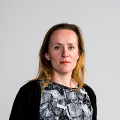 Mónica Bello is an independent curator and art critic with an expertise in art and science. She is since March 2015 the head of Arts@CERN, a multidisciplinary art program host by CERN in Geneva designed to make creative connections between the worlds of science, the arts and technology. Between 2010 and 2015 she was artistic director of VIDA, the international competition of art and artificial art, founded by Fundacion Telefonica. Previously she held the position of head of education at LABoral Centro de Arte (Gijón, Spain), where she initiated the flagship program of experimental learning as well as numerous collaborations between arts and academia. She has founded several initiatives and events in art and science, such as Capsula or Res-qualia in Barcelona (Spain), and Biorama in Huddersfield (United Kingdom). Currently she is part of the curatorial team for Transitio_MX 06, the most important festivals of electronic arts in Mexico. She participates regularly in advisory commitees and juries worldwide in her field, and is active in contemporary art and science networks. She dedicates her research to the most experimental forms of art and emerging cultural practices.
Mónica Bello is an independent curator and art critic with an expertise in art and science. She is since March 2015 the head of Arts@CERN, a multidisciplinary art program host by CERN in Geneva designed to make creative connections between the worlds of science, the arts and technology. Between 2010 and 2015 she was artistic director of VIDA, the international competition of art and artificial art, founded by Fundacion Telefonica. Previously she held the position of head of education at LABoral Centro de Arte (Gijón, Spain), where she initiated the flagship program of experimental learning as well as numerous collaborations between arts and academia. She has founded several initiatives and events in art and science, such as Capsula or Res-qualia in Barcelona (Spain), and Biorama in Huddersfield (United Kingdom). Currently she is part of the curatorial team for Transitio_MX 06, the most important festivals of electronic arts in Mexico. She participates regularly in advisory commitees and juries worldwide in her field, and is active in contemporary art and science networks. She dedicates her research to the most experimental forms of art and emerging cultural practices.Find more information: https://ars.electronica.art/artandscience/
The worldwide call for projects is still open till 23th of June 2015!
